To IPad or not to IPad (Media thought 12/jun/2014-PV)
With these thoughts I want to share a genuine concern and hopefully instigate more critical views on this subject. We need further awareness about what may be hidden, in this kind of advertising and enthusiasm with the new magical toy.
First there was TV: the world inside you home
When you are mother of a three year old that needs to be entertained while you mess up with funding applications, dance reviews, PhD reading or the simple day to day cleaning and tiding up, you begin to understand why parents like kids TV programmes so much. What a helpful box, you can buy some slots of time undoubtedly, and if you choose the right programmes, that time is also an educational one. The other side of this is that kids are spending a far more than reasonable amount of hours a day staring at screens.
Connectivity and creativity increased: your home out in the world
Computer games have been adding on to the TV options since the 1980s and console games are at the hype. They increase connectivity some may say, because the kids can play with remote ‘friends’. They increase literacy, we may even agree, because they play with arithmetic and various languages, some even develop programming skills, and some games have historical themes or geography challenges. But 5 years ago TVs and console games (displaying in desktop computers and TV screens) were generally confined to fixed spaces, private or public, such as the living room, the bed room, the café (in Portugal TVs polute cafés and restaurants without fail and in the UK there is now hardly a pub without a wide screen).
Tablets: all you need is a screen
Although at the start of this text I showed some sympathy for parents recurring to the TV as a little helper with educational value, I feel sometimes speechless and demolished.
This is what the case when I was recently at a hospital’s waiting room and saw a three year old kid gazing and touching a tablet, completely neutralized and absent from the environment around him (this was a nice hospital, all clean, good architecture and interior design, etc). I couldn’t refrain my critical thoughts about how people deal with media content and electronic gadgets. The father just next to him was not busy with anything at all. He was just looking around waiting… why would he not take that time to be with the kid? Talk to him, teach him something about colours, keep hand together and feel his touch, instead of leaving that sensual encounter to the screen surface?
They are so smart and charming!
Tablets have since the launch of Ipad in 2010 become ubiquitous, following what mobile phones, and particularly smartphones introduced in our lives: we can take it anywhere: internet, youtube, google maps, calendars, games, docs, facebook, email, cameras, etc. etc. Yes of course, that is the fun of it, and it is what makes them worth and new. Adding to connectivity, and literacy, creativity is also a hard to fight argument, with incredible apps springing continuously in the market: try Bubble Shapes – to practice shape recognition – or Musical Paint – to create audio-visual compositions. It is so beautiful, so practical, so playful, so useful! Irresistible indeed.
apps springing continuously in the market: try Bubble Shapes – to practice shape recognition – or Musical Paint – to create audio-visual compositions. It is so beautiful, so practical, so playful, so useful! Irresistible indeed.
Ipadkids.com is a website where one can find apps, forums, and technical support, daily updated with news and upgrades, and lots of information for parents and educators. Products for kids are advertised like this: “iPad Maze Apps To…. Keep Little Minds and Fingers Busy” or “stimulates the growth of new brain cells, develops fine-motor skills, improves problem-solving abilities, rewards patience and persistence” (check the website)
What about the unwanted? Like radiation, teenage porn and immoral advertising?
My daughter is praying everyday for us to have an IPad. And I am resisting. Because I don’t want her to have her body and mind in such close contact with: wifi, battery, screen, and most of all – the content! There is no going round it, if you have an Ipad you are connected, you can be tracked, and you have to pass all the information of advertising campaigns. The good values are wrapped by many other values. You might not want Miley the new media soft porn star but you will have to come across her if you navigate, through Itunes, or youtube. You might not want to see the massacres in Syria but you will have to click through the news. Even worth, to see a youtube film or download a free app you will almost certainly have to watch an add about the new Opel Astra, or maybe the wonderful effects of bottox, which are filtering your own will and path inside cyberspace.
They are also addictive, they isolate you and they format our children
Three major issues downsize my enthusiasm with Tablets. The kids get hooked and take them everywhere – no more cars, dolls, books, just the tablet. They don’t communicate with each others – nowadays when we get together with friends that have kids, particularly from 10 years old onwards, the kids all sit around the tablets, hunched down, eyes glittering. They hardly speak to each other or the adults around them – so tablets bring undoubtedly lack of interaction, lack of confront and diminish the pleasure of being with “the other”. Such an obsession implies health problems that no one seems to care about that much, it seems that we don’t want to see the real near future and prevent it. In this rather more critical perspective on the IPad wonders, I realize something worse: any effort for an alternative education, where natural environments, organic food, gender equality, human rights or creativity as intelligence are building blocks of belief and behavior, is massively defeated by the values of mainstream capitalist mass media culture, that invades our life through those cheeky lovely tablets.
Paula Varanda

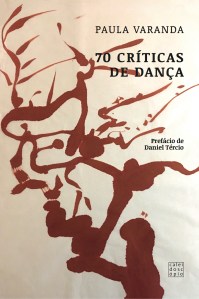
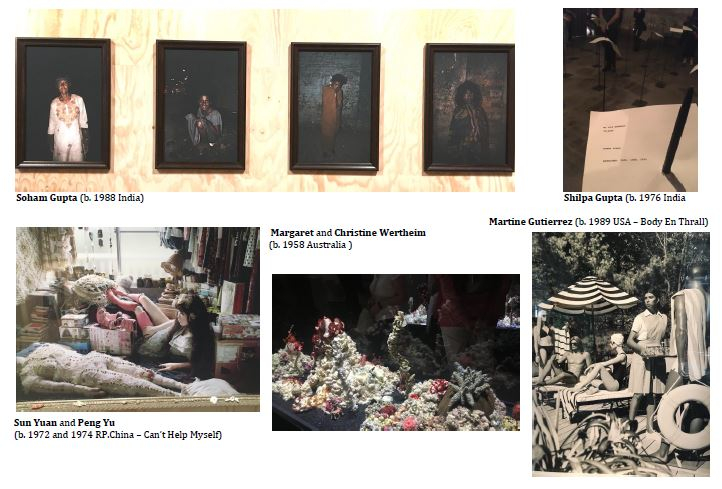
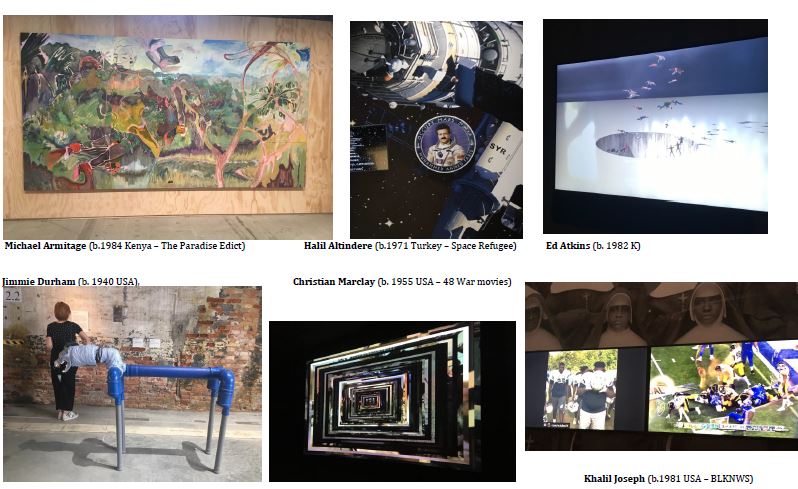

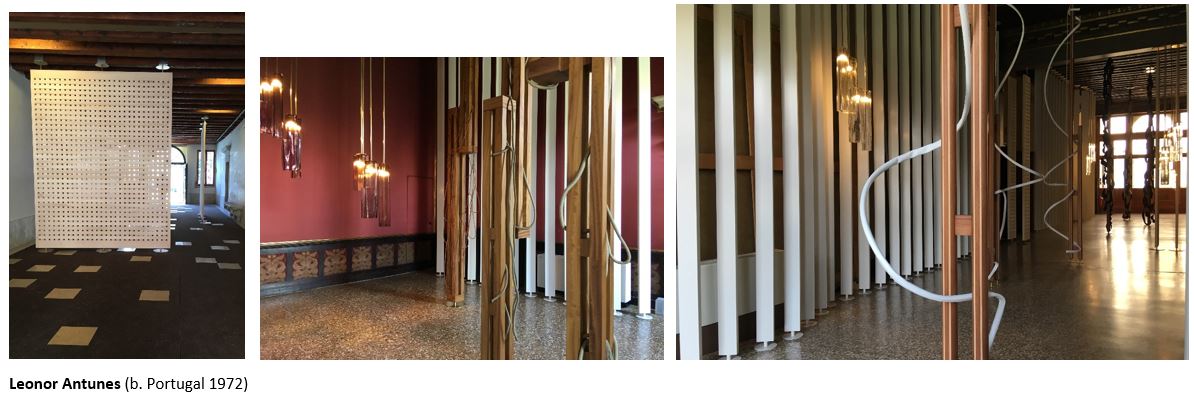
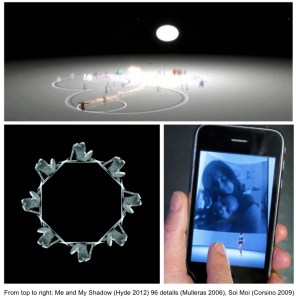
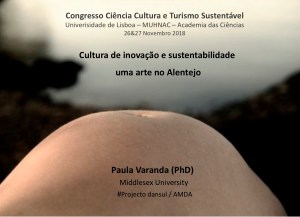
 apps springing continuously in the market: try Bubble Shapes – to practice shape recognition – or Musical Paint – to create audio-visual compositions. It is so beautiful, so practical, so playful, so useful! Irresistible indeed.
apps springing continuously in the market: try Bubble Shapes – to practice shape recognition – or Musical Paint – to create audio-visual compositions. It is so beautiful, so practical, so playful, so useful! Irresistible indeed.

